Staff of Hung Vuong Museum regularly keep the exhibits clean.
The first impression when visiting the Museum is the quiet space, with a square-shaped architecture symbolizing a giant banh chung. In the middle of the first floor is a large bronze drum modeled after the Dong Son bronze drum, symbolizing a round banh giay, according to the concept of the ancient Vietnamese people as "round sky - square earth". The second floor of the Museum is the main exhibition place to introduce and learn about the formation and development of the Van Lang State and the wet rice agricultural civilization of the Hung Kings. Through original documents and artifacts and supporting scientific documents displayed according to the following topics: Country, people in primitive times; the beginning of the country's founding; the career of building Van Lang by the Hung Kings; the historical relic of Hung Temple and the worship of Hung Kings on the ancient land of Phong Chau; the affection of the people of the whole country, the attention of the leaders of the Party, State and international friends to Hung Temple.
Comrade Nguyen Thi Bich Phuong - Deputy Head of the Department of Monuments, Culture, and Festivals Management, Hung Temple Historical Site said: “The museum currently preserves and maintains over 5,000 scientific documents and artifacts. All are carefully preserved, scientifically arranged and elaborately presented. Whenever a group of visitors comes to visit, the museum's staff and tour guides will introduce tangible cultural relics and scientific evidence demonstrating the development process of the ancient Vietnamese people from primitive times to the Hung King era.
Museum tour guide explains to visitors
In a cozy space, the documents and artifacts on display have created vivid highlights, creating a very unique feature, only found in the exhibition space at the Hung Vuong Museum. Through the explanation of the museum tour guide, visitors seem to return to the whole historical past of building and defending the country of our ancestors. The artifacts on display are selected from four typical cultural periods: Phung Nguyen - Dong Dau - Go Mun - Dong Son. In which, the artifacts belonging to the Dong Dau cultural period at the museum are collected quite richly. From all kinds of production tools; weapons, hunting tools; living utensils to jewelry... are crafted from different materials such as: Stone, bronze, bone, pottery... Through this, it shows that the Dong Dau people live permanently on the hills in the midlands so that they can both go to the forest to hunt and go down to the fields to cultivate and produce agriculture. As the successive stage between Phung Nguyen and Dong Son cultures, Go Mun culture is also clearly reflected through the artifacts on display at the Museum. Coming here, visitors can witness a variety of artifacts made from stone, bronze, pottery, and wood. In particular, bronze tools used in agricultural production have contributed to promoting agriculture as the main production sector of the people. The artifacts on display from the Dong Son culture period are selected from typical archaeological sites of the province such as: Lang Ca (Viet Tri city), Go De (Thanh Dinh commune)... This culture has many types: residential sites, burial sites, workshop sites... in which bronze is the most typical relic.
The artifacts displayed at the Museum have great historical value.
Through visiting the galleries at the Museum, visitors can imagine the birth of the Van Lang State in the first centuries of the first millennium BC, with the development of Dong Son bronze metallurgy reaching its peak, the ancient Vietnamese people at that time had an advanced production, leading to an excess of wealth and the emergence of a richer class, combined with the invasion from the North. Therefore, people at this time had the need to unite with each other to control the flood and fight against foreign invaders. At that time, the leader of the Van Lang tribe, the strongest tribe, stood up to unify the other tribes. The leader of the Van Lang country today we call King Hung. The Van Lang State apparatus at that time included: Hung Kings, Lac Hou, Lac Tuong, mandarins, female servants... The society did not have a class of oppressed serfs and slaves.
In addition, visitors can also admire the photo collection introducing the journey of Hung King Worship, Phu Tho Xoan Singing - Representative Intangible Cultural Heritage of Humanity; President Ho Chi Minh with Hung Temple, typically the photo collection taken on the occasion of President Ho Chi Minh visiting Hung Temple on September 19, 1954 and meeting and talking with officers and soldiers of the Vanguard Army before returning to take over the capital Hanoi with the famous advice: "The Hung Kings have the merit of building the country/You and I must work together to protect the country". The second time Uncle Ho visited Hung Temple was almost 8 years later, on August 19, 1962, with the advice: "When climbing a mountain, you must reach the top, just as revolutionaries must not give up halfway, once you have gone, you must reach the destination".
In addition to scientific documents of scholars and scientists from within and outside the country researching Hung Temple and the Hung King era on display, there are also hundreds of artifacts donated by Vietnamese people from all over the country.
Besides, there are images of Party and State leaders visiting and planting souvenir trees at Hung Temple; reviewing and approving the master plan of the Hung Temple historical relic site; building the Hung King Museum... and some images of international delegations visiting Hung Temple. All of them reflect the hearts of all our people and friends from all over the world to the ancestors of the Vietnamese nation.
Many times visiting Hung Temple, Mrs. Nguyen Thi Sac's family in Hanoi always visited the Hung Kings Museum. Mrs. Sac said: "My family has 9 members, my children are working in state agencies, my grandchildren are in primary and secondary school age, so every time I return to Hung Temple on the occasion of the Hung Kings' death anniversary, I also take my grandchildren to visit the Museum to help them have the most authentic and complete view of the cultures of the founding period of our ancestors, understand more about the history, the country and the people of Vietnam, as well as feel the affection of compatriots from all over the country sent here. Thereby, helping the children always be proud of the traditions of the nation, aware of the responsibility to preserve and protect the achievements left by their ancestors."
Impressive architecture, unique artifacts, sophisticated displays... are the highlights of the Hung Vuong Museum, not only helping visitors learn about the era of the Hung Kings, but also bringing interesting and meaningful experiences, an indispensable destination in the journey to the source, visiting the Hung Temple National Special Historical Relic, burning incense to show gratitude to the ancestors./.
Anh Tho
Source: https://baophutho.vn/noi-bao-ton-va-phat-huy-gia-tri-van-hoa-nguon-coi-230286.htm


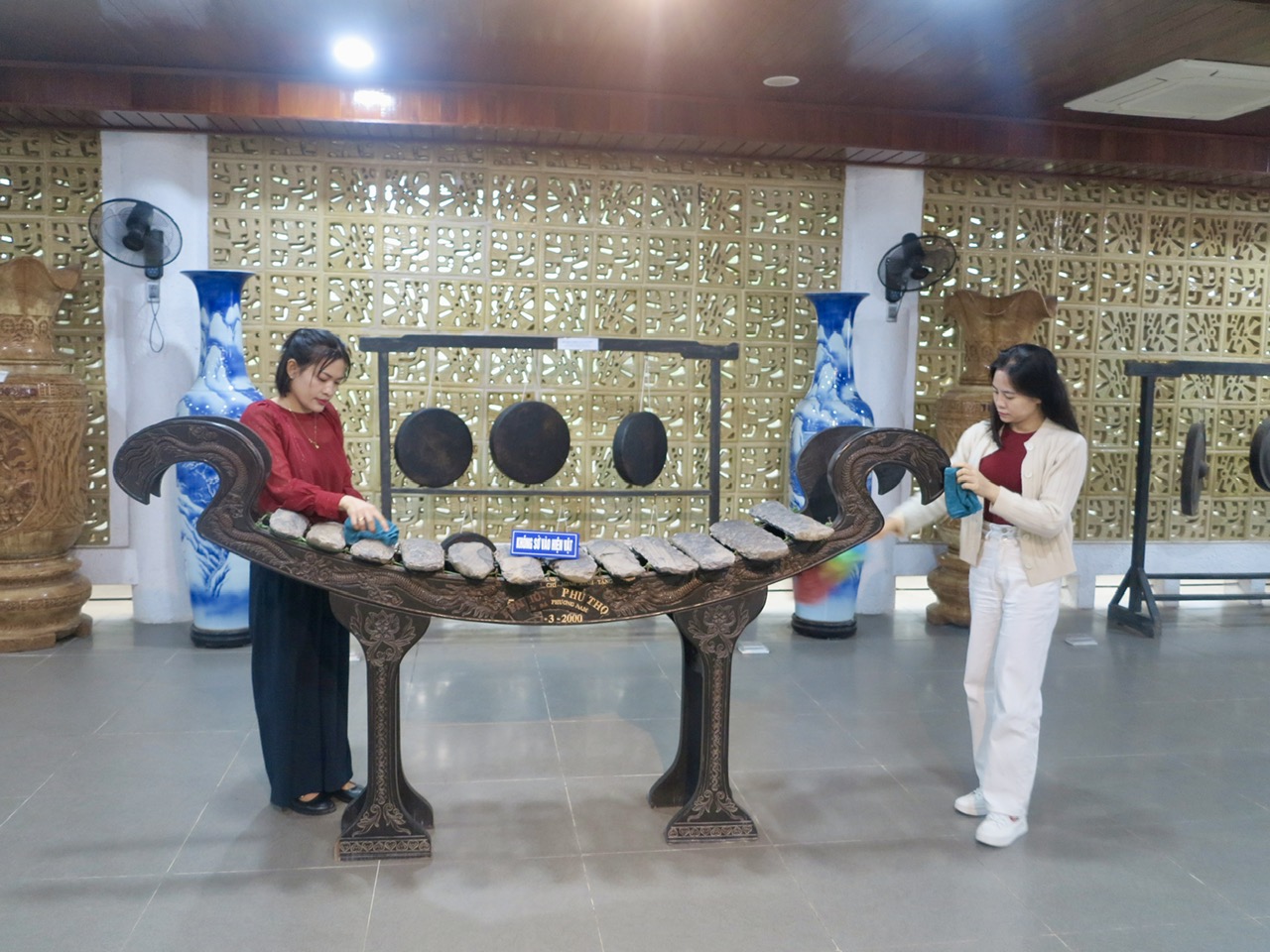
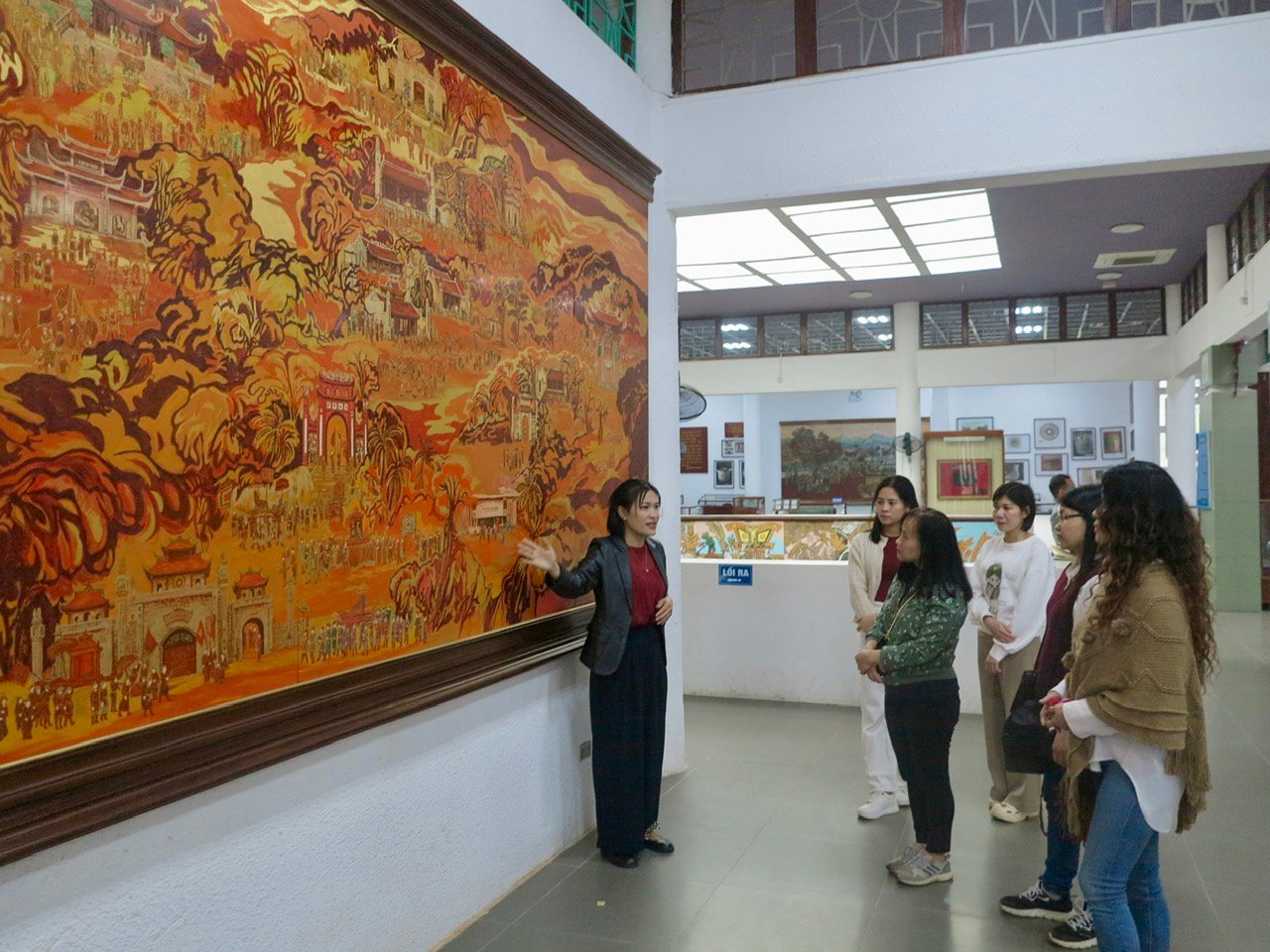
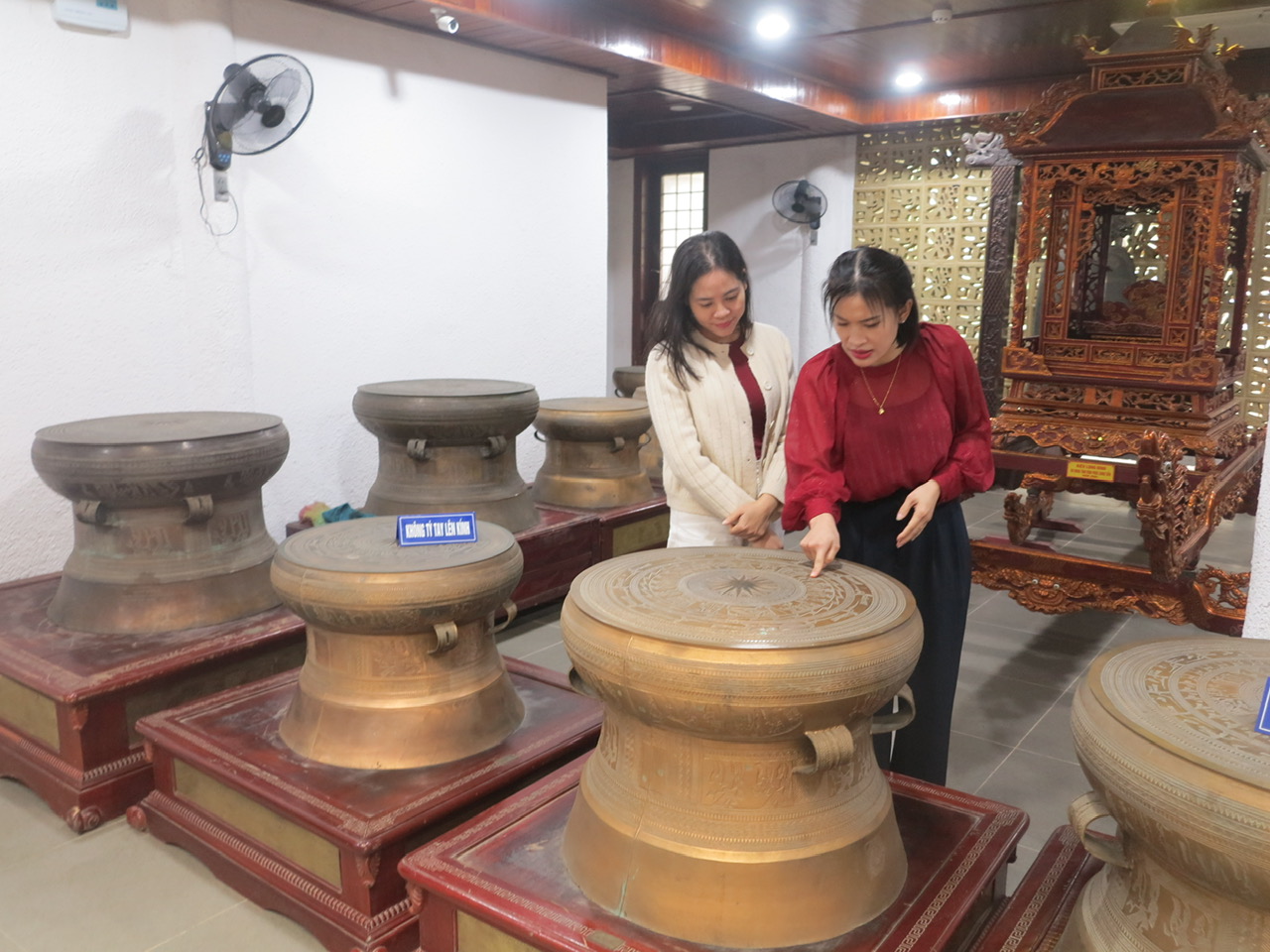


![[Photo] President Luong Cuong and King Philippe of Belgium visit Thang Long Imperial Citadel](https://vstatic.vietnam.vn/vietnam/resource/IMAGE/2025/4/1/cb080a6652f84a1291edc3d2ee50f631)
![[Photo] Prime Minister Pham Minh Chinh meets with King Philippe of Belgium](https://vstatic.vietnam.vn/vietnam/resource/IMAGE/2025/4/1/be2f9ad3b17843b9b8f8dee6f2d227e7)
![[Photo] General Secretary To Lam receives King Philippe of Belgium](https://vstatic.vietnam.vn/vietnam/resource/IMAGE/2025/4/1/e5963137a0c9428dabb93bdb34b86d7c)
![[Photo] Close-up of Vietnam's sniffer dog team searching for earthquake victims in Myanmar](https://vstatic.vietnam.vn/vietnam/resource/IMAGE/2025/4/1/d4949a0510ba40af93a15359b5450df2)


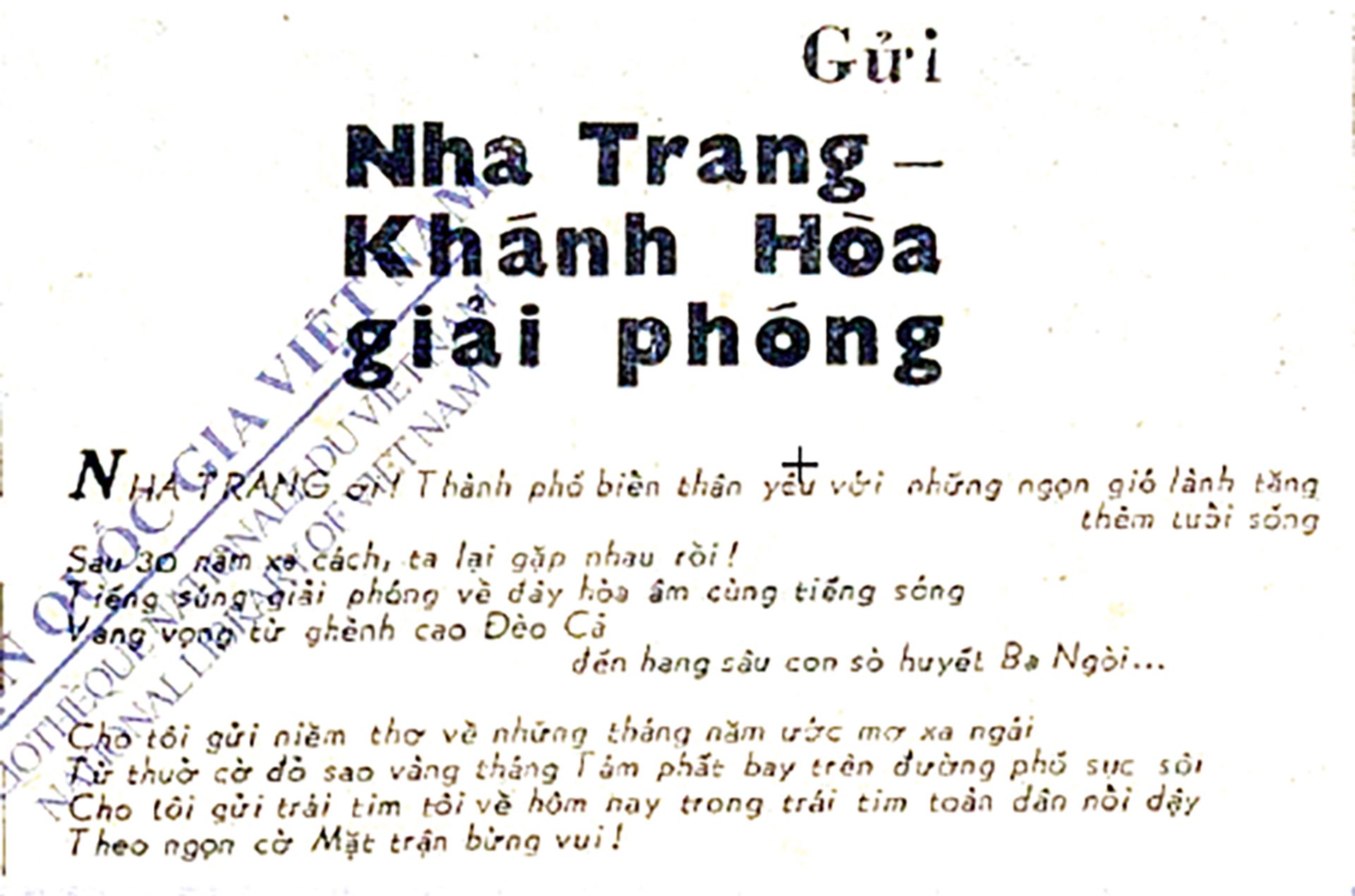

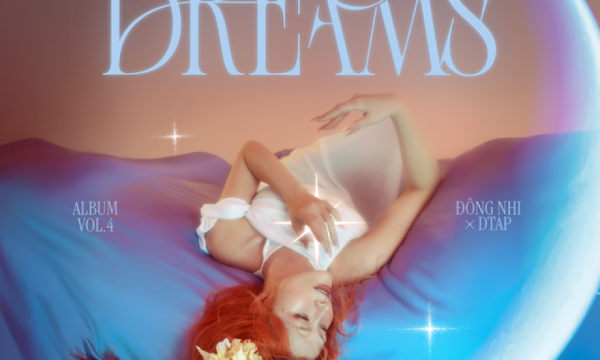
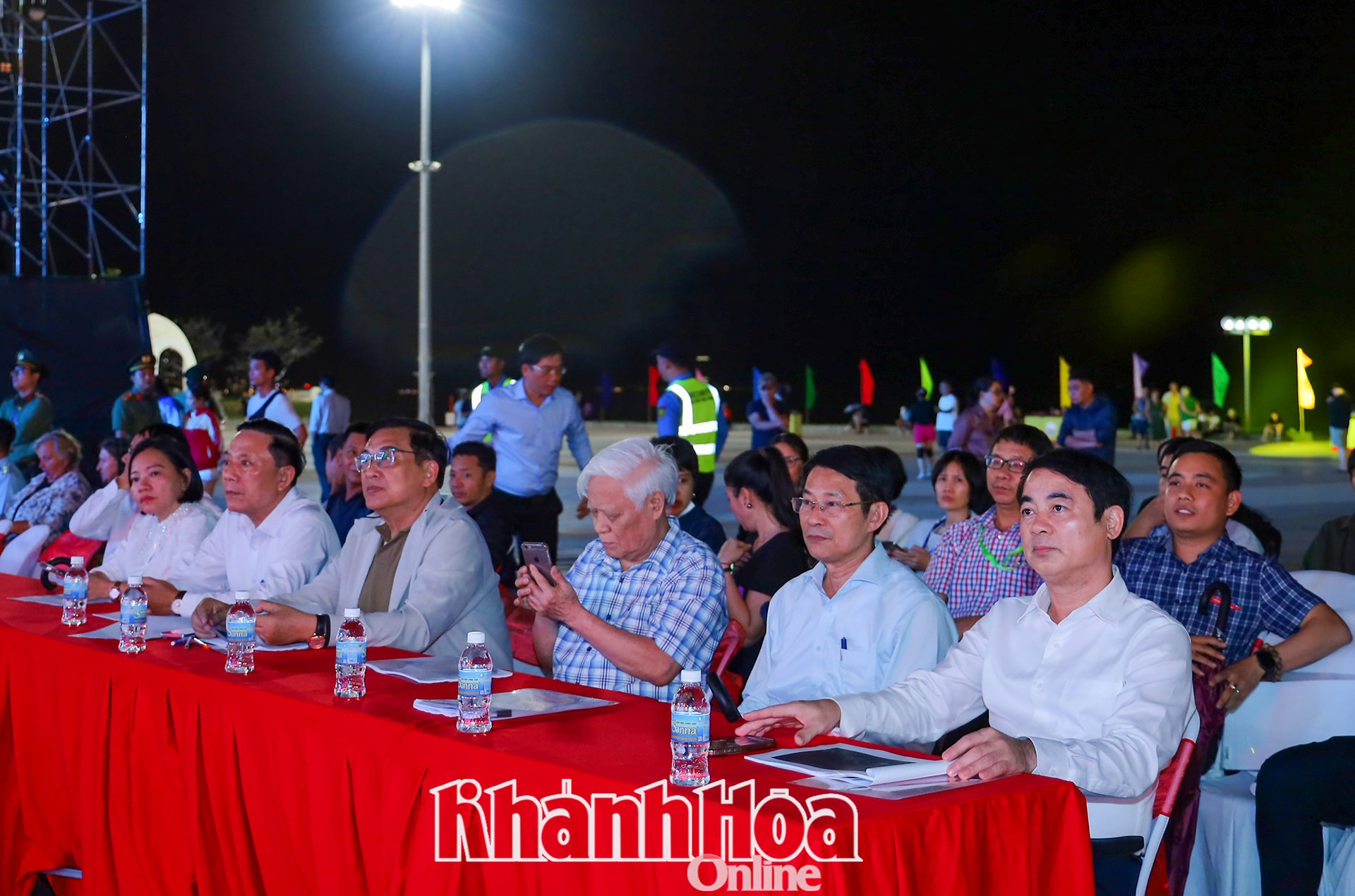




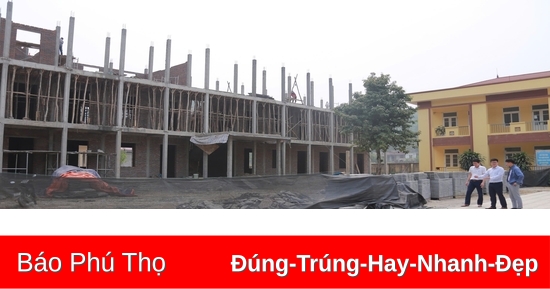
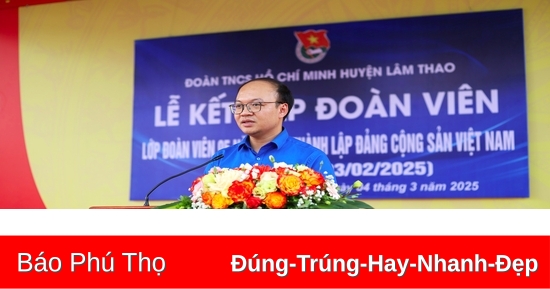
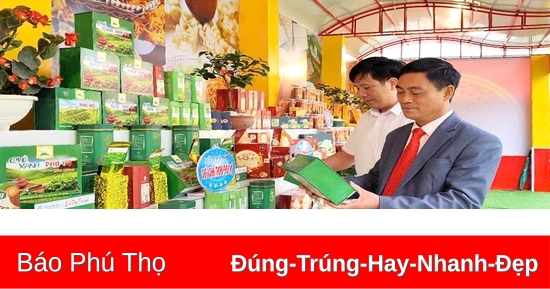
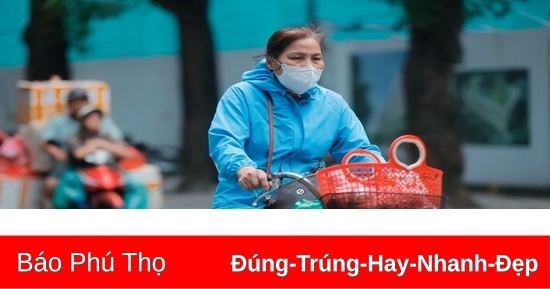
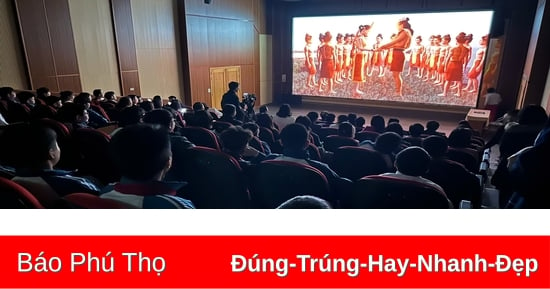
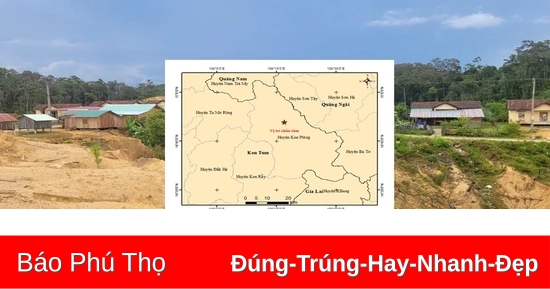
![[Photo] Myanmar's capital in disarray after the great earthquake](https://vstatic.vietnam.vn/vietnam/resource/IMAGE/2025/4/1/7719e43b61ba40f3ac17f5c3c1f03720)






























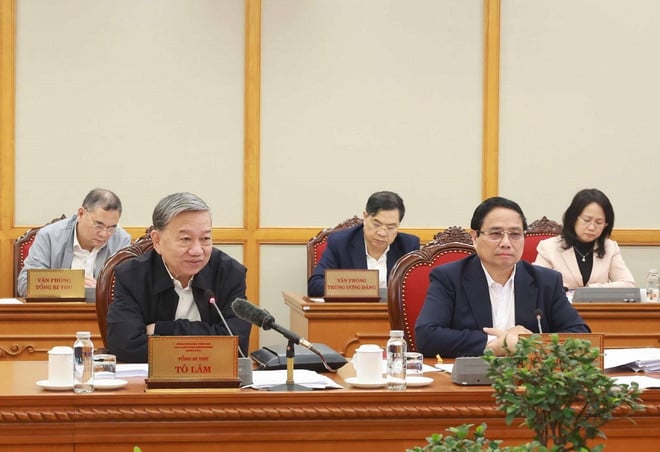
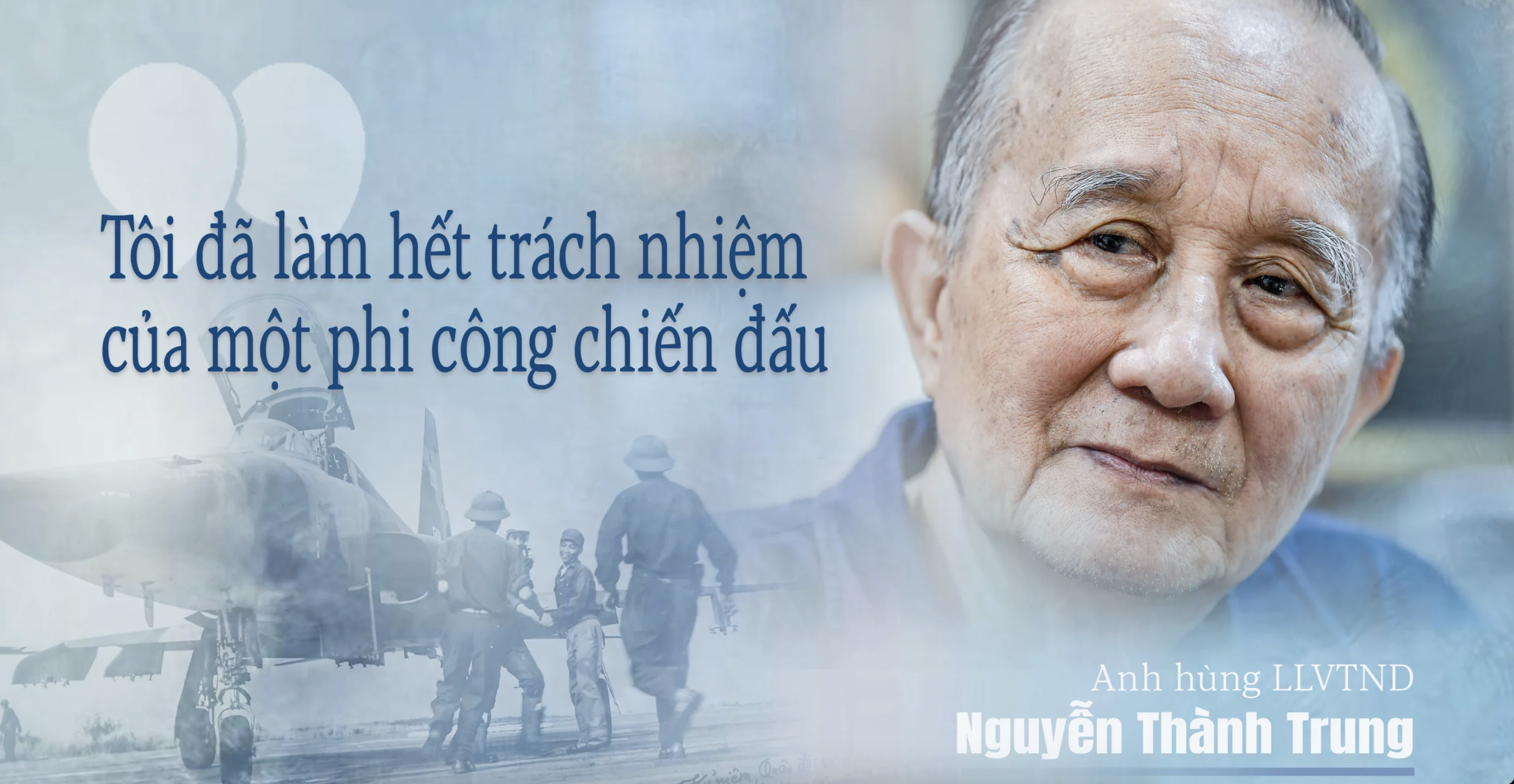
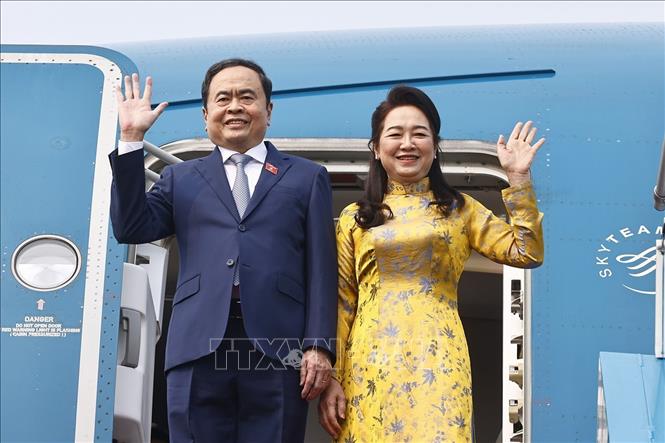

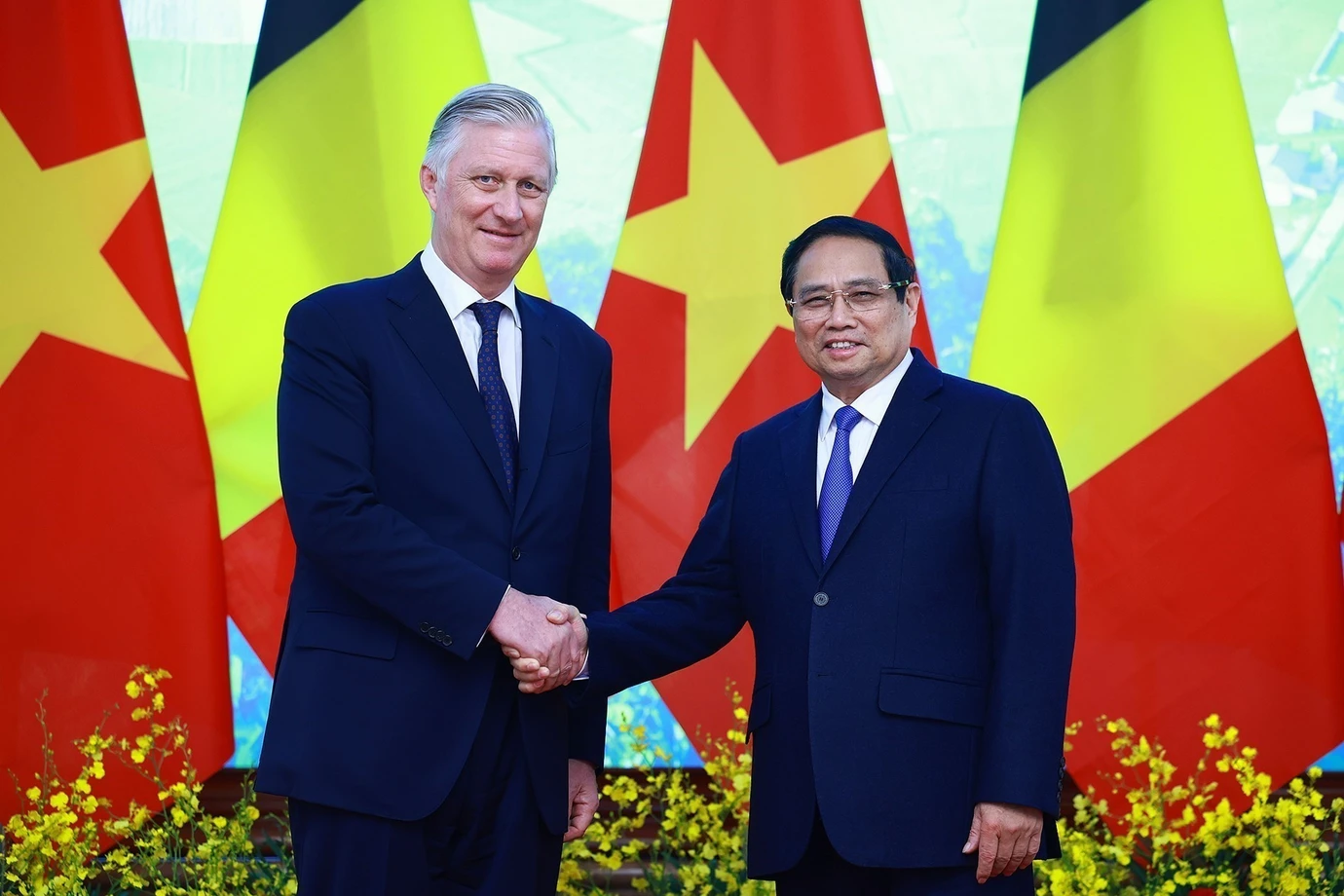





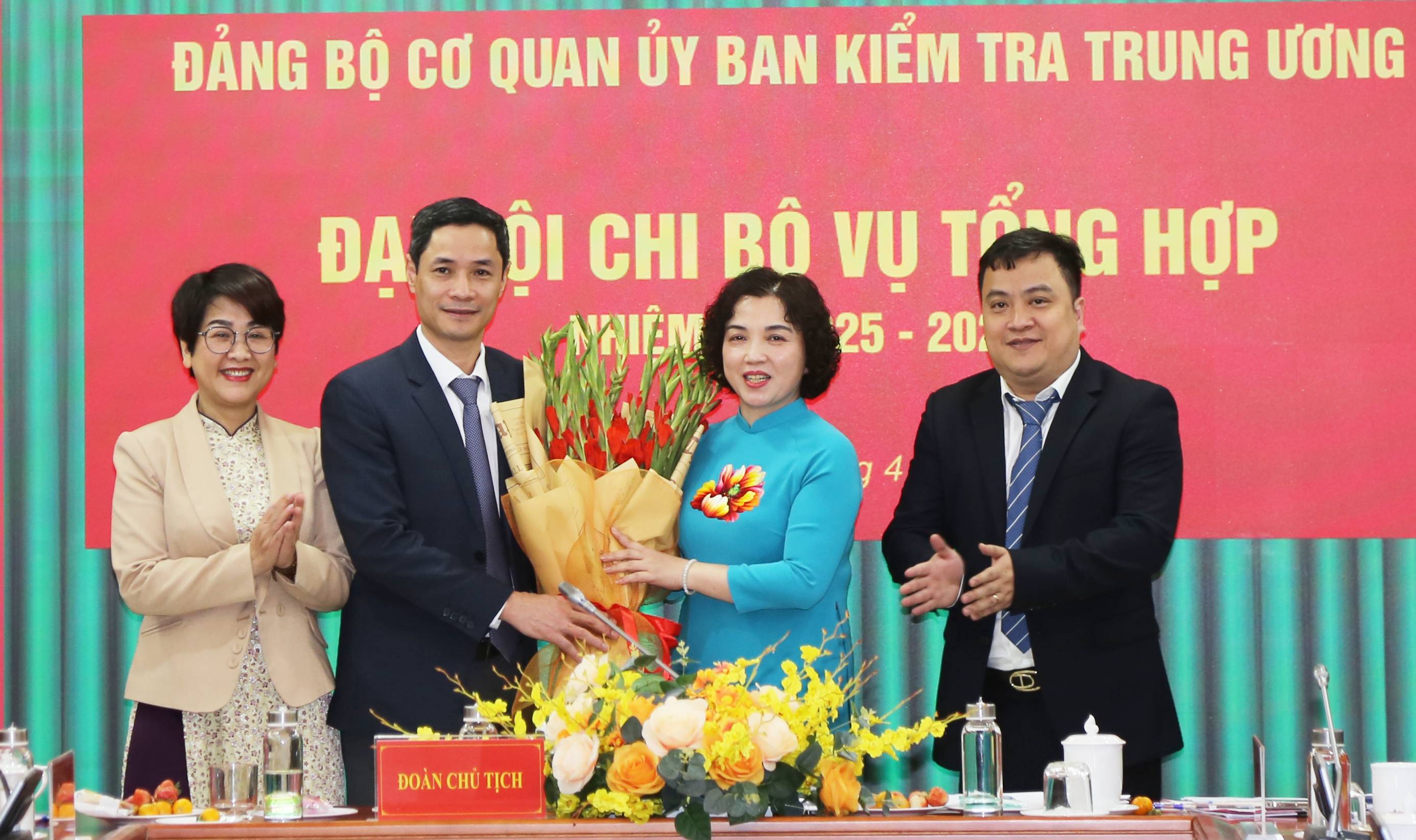





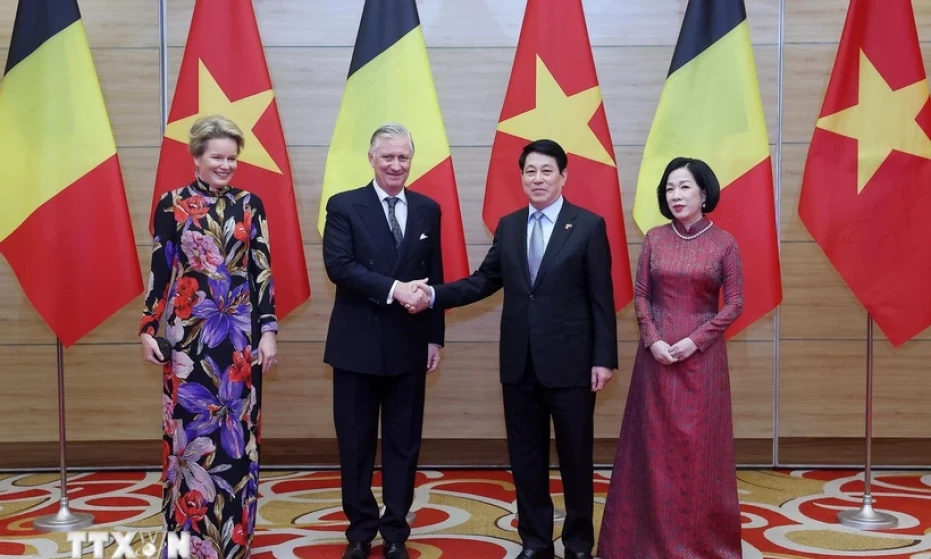













Comment (0)